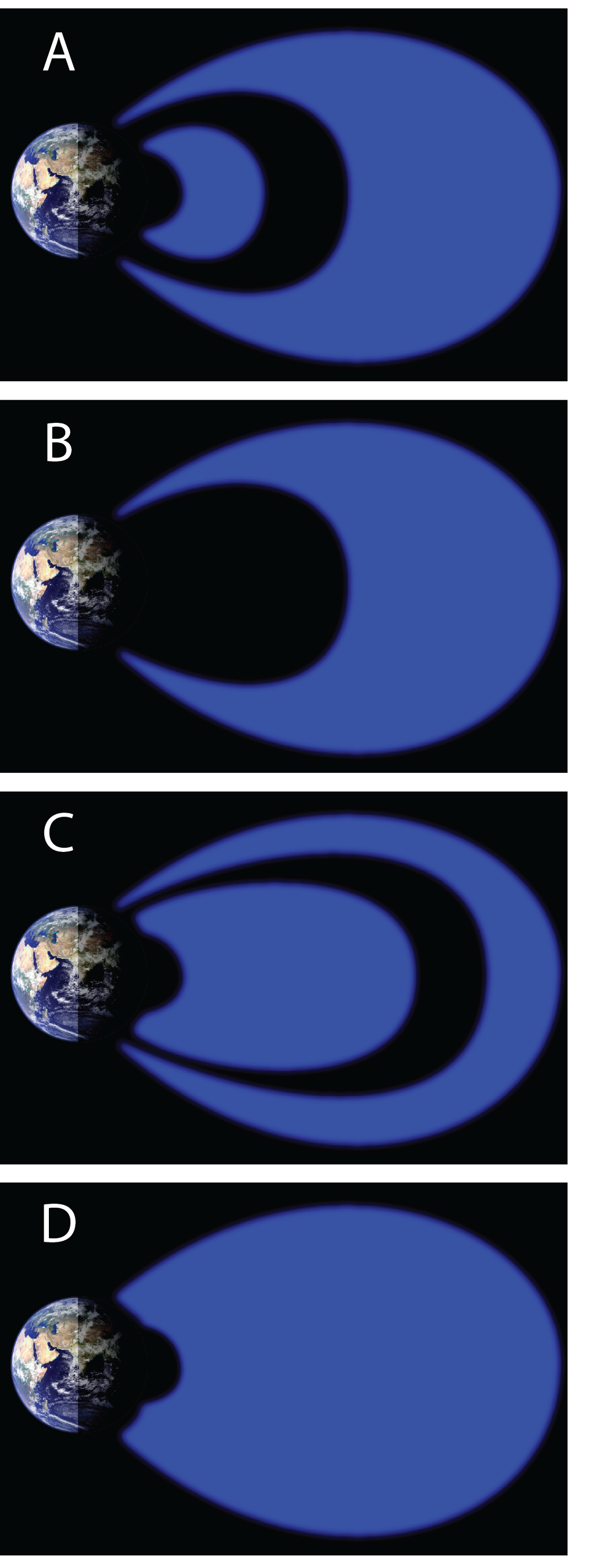“ New Perspectives on Radiation Belt Dynamics”
Abstract:
One of the first results from the Van Allen Probes mission Baker et al., [2013] showed that the outer belt can, at times, consist of two distinct belts but only at some energies. Different energies still populate a single outer belt. Fennell et al., [2015] and Li et al., [2015] showed that at energies of ~1 MeV the radiation belts only have an outer belt population. Reeves et al., [2016] studied the inner radiation belt at energies <1 MeV and found that the spatial extent of the inner belt was strongly energy-dependent with low energies (e.g. 50 keV) extending from L = 1 to 4 but high energies (e.g. 800 keV) extending L = 1 to only L ~ 1.2.
At high energies (e.g. >3 MeV) Baker et al., [2014] described an “impenetrable barrier” that restricted outer belt electrons to L >2.8 while Reeves et al., [2016] showed that electrons at lower energies commonly penetrated through the slot region and into the inner belt. Additionally, even when electrons did not penetrate through the slot, lower energies penetrated more deeply with a strikingly linear relationship between log(Energy) and L of the inner edge of the outer belt. Therefore, although the inner edge of the radiation belts may be at the plasmapause for one energy they cannot be co- located at other energies.
We will discuss how and why electrons at different energies occupy different spatial regions as well as how and why those regions change in time. Among the features to be discussed are the location, extent, or existence of the inner electron belt as a function of energy and time; the energy dependence of the inner edge of the outer belt and relationship to the plasmapause in both active and recovery times; and the location of the peak in outer belt fluxes as a function of geomagnetic activity.
